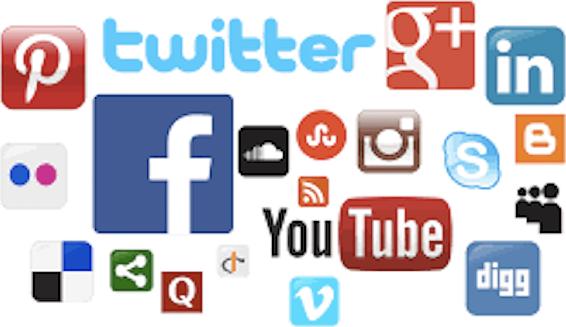Using Twitter to Build Communities
Using Twitter to Build Communities
A Primer for Libraries, Archives, and Museums
Valerie Forrestal
Tinamarie Vella
Rowman & Littlefield
Lanham Boulder New York London
Published by Rowman & Littlefield
An imprint of The Rowman & Littlefield Publishing Group, Inc.
4501 Forbes Boulevard, Suite 200, Lanham, Maryland 20706
www.rowman.com
6 Tinworth Street, London SE11 5AL
Copyright 2018 by The Rowman & Littlefield Publishing Group, Inc.
All rights reserved . No part of this book may be reproduced in any form or by any electronic or mechanical means, including information storage and retrieval systems, without written permission from the publisher, except by a reviewer who may quote passages in a review.
British Library Cataloguing in Publication Information Available
Library of Congress Cataloging-in-Publication Data Available
ISBN 978-1-5381-0604-4 (hardback : alk. paper) | ISBN 978-1-5381-0605-1 (pbk. : alk. paper) | ISBN 978-1-5381-0606-8 (ebook)
 The paper used in this publication meets the minimum requirements of American National Standard for Information SciencesPermanence of Paper for Printed Library Materials, ANSI/NISO Z39.48-1992.
The paper used in this publication meets the minimum requirements of American National Standard for Information SciencesPermanence of Paper for Printed Library Materials, ANSI/NISO Z39.48-1992.
Printed in the United States of America
For Lauryn OkalyV. F.
Preface
Research shows that educational institutions are failing to make the best use of Twitter, focusing mostly on branding instead of engagement. This presents educational organizations like archives, libraries, and museums with a great opportunity to jump in and use their own social media presence to interact with their communities and build excitement around their collections, services, and programs. This book provides concrete ways for archives, libraries, and museums to go far beyond Twitter as a broadcasting tool and highlights innovative methods to use the service to spark communication and create ties within your institutions greater community.
Appropriate for the social media beginner as well as the experienced user, it covers topics like drafting a social media policy, setting up a new or rebranding an existing institutional Twitter account, finding and interacting with your followers, successfully using hashtags and media, scheduling and automating posts, sharing information across social media platforms, and using analytics software to make connections and measure impact.
In short, this book condenses years of research and expertise on using Twitter in an institutional setting into one handy reference for launching or reviving your organizations Twitter presence into an impactful medium in your community. Many of us working in educational institutions find ourselves stretched very thin, and while creating a Twitter account for your archive, library, or museum might seem easy enough, the simple and practical guidance in this book will help maximize the impact and outreach of your Twitter presence, so your social media efforts are not wasted shouting into the void.
Acknowledgments
When my coauthor, Valerie Forrestal, approached me about the idea of writing about Twitter, I never thought that I would be embarking on this magical journey into book publishing. Val, thank you for choosing me to tackle this with you! It was a great opportunity and very fitting after allwe did meet on Twitter many moons ago (sometime in 2009 to be exact).
I also want to take the time to acknowledge those that helped make this book become a reality:
The countless people that I interviewed via e-mail and in person. Some are featured in this book and others helped shape ideas and thoughtsI thank you for your time and passion for this subject. This book is about making connections and building engagement in your communities. This book wouldnt have happened without your expertise and willingness to share your stories.
My friends and colleagues for their pep talks, words of encouragement and inspiration, and for being great souls; Im lucky to have a supportive group of people that I can count on!
An extra special thank you to my wonderful family (near and farhi, Mom, Dad, Denise, Liana, and Julianayour names are in a book!) for always supporting and encouraging me. You are always proud of my endeavors in the world of librarianship (even though sometimes you have no idea what Im talking about, I love you all!).
And to my husband, Santosyou no longer have to share me with book deadlines soy toda tuya hoy y siempre.
T. V.
Getting Started
Twitter is a tool that can be used to share news and information about your organization with the world. The world, however, is an awfully big place, and institutional Twitter accounts can consume vast amounts of staff time and energy only to become another of many voices shouting into the void, hoping to be heard by the people and groups who matter. In order to make this effort worthwhile, an organization must consider their communities, first and foremost, and take the time to build strong, meaningful networks within them. By looking at Twitter as a community-building tool, rather than simply a broadcasting channel, you increase your entire organizations value to its constituency, and you plant roots that make it easier to curate impactful, relevant, and engaging content.
Drafting a Social Media Policy
Before thinking about community building through Twitter, you should think about drafting a social media policy for your organization. In order to do this, you will need to have the key players in your organization involved. If your organization has a marketing department, you should consult with them about social media policies. If you do not have a marketing department or someone dedicated to handling your social media policies, this task should still involve input from others; do not draft the policies without consulting the team around you.
First, lets address the term social media policy. A policy can also be described in different ways: social media strategy, social media guidelines, or simply a social media guide. This book will refer to it as a social media policy. When you begin the process of drafting your own, please feel free to use the terminology that works best for your organization. This section provides guidance on handling the task of drafting one and why it is an essential piece of information for your organization.
All social media policies should provide a brief mission statement about the organization. A brainstorm activity with key players in your organization will make this task easier. As noted, if you have a marketing department or a person dedicated to handling social media platforms in your organization, they will definitely need to be a part of drafting this social media policy. Do not leave these people out of the equation. This statement should describe what your organization stands for. It describes the function and purpose of your organization. Successful statements are short, concise, and to the point. It is helpful to describe your organization in three adjectives. Think about the image that your organization wants to project to its community. A less-is-more approach works best for creating a statement of this kind for your organization. You should think about your mission and goals before you think about drafting your social media policy.
So, what is social media? In the strict Merriam-Webster dictionary sense, it is: forms of electronic communication (such as websites for social networking and microblogging) through which users create online communities to share information, ideas, personal messages, and other content (such as videos).


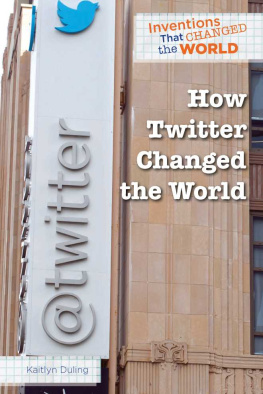




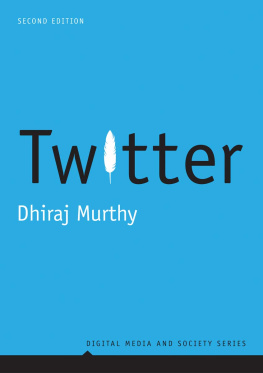
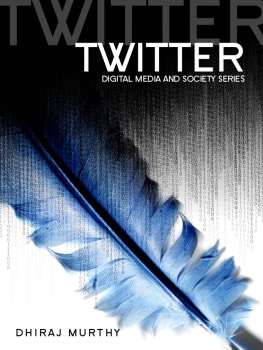

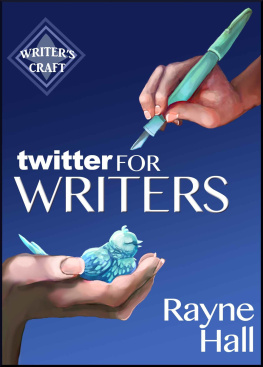
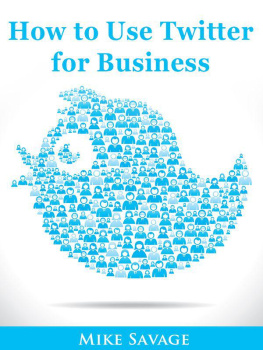

 The paper used in this publication meets the minimum requirements of American National Standard for Information SciencesPermanence of Paper for Printed Library Materials, ANSI/NISO Z39.48-1992.
The paper used in this publication meets the minimum requirements of American National Standard for Information SciencesPermanence of Paper for Printed Library Materials, ANSI/NISO Z39.48-1992.